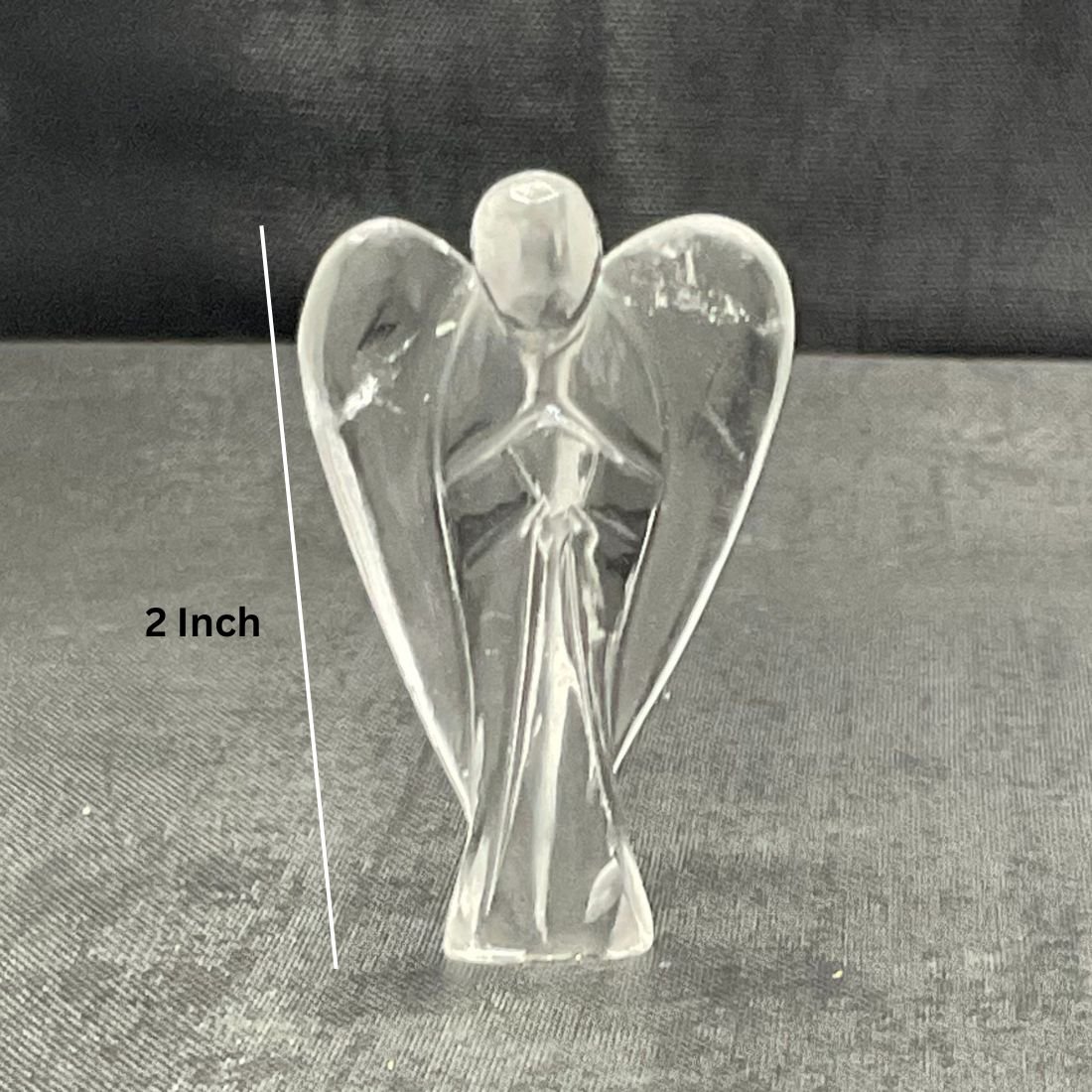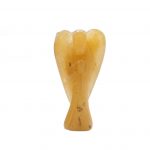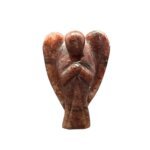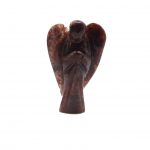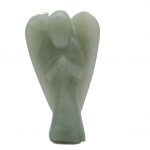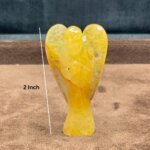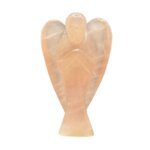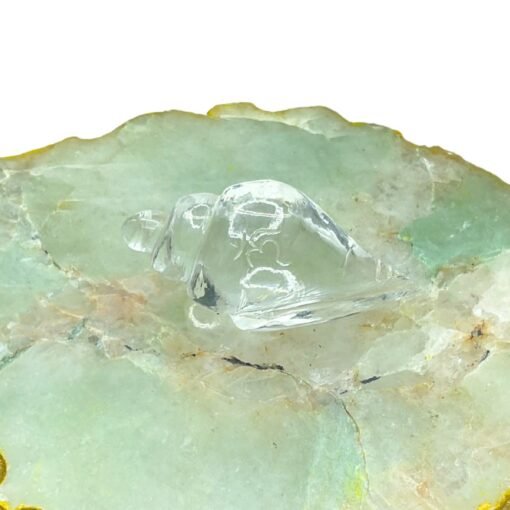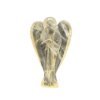Currency
Natural Quartz Crystal Angle – 2 Inch
Sale
Original price was: ₹600.₹455Current price is: ₹455.

Get 3% Discount on Prepaid Orders
3 in stock
Natural Quartz Crystal Angle
Natural quartz crystals are fascinating geological formations known for their unique properties and characteristics. Here are some key details about their angles and structure:
- Crystal System: Quartz belongs to the trigonal crystal system, which means it has three axes of equal length that intersect at 120-degree angles.
- Common Forms: Quartz typically crystallizes in a hexagonal shape. The most recognizable form is the hexagonal prism, which can be capped with a six-sided pyramid.
- Growth Angles: The angles between the crystal faces can vary, but in natural quartz, the angle between the prism faces (the vertical sides) is usually around 120 degrees, and the angle between the prism and the pyramid faces is about 60 degrees.
- Terminology:
- Prism Faces: The vertical faces of the crystal.
- Pyramid Faces: The angled faces that cap the prism.
- Basal Plane: The flat base of the crystal.
- Inclusions: Natural quartz can sometimes contain inclusions that affect its clarity and appearance, which can also influence the angles and overall shape of the crystal.
- Varieties: There are various types of quartz (e.g., amethyst, citrine, rose quartz), each with unique colors and properties, but the fundamental crystal structure remains consistent.
| Weight | 0.500 kg |
|---|
Q & A
Ask a question
There are no questions yet



